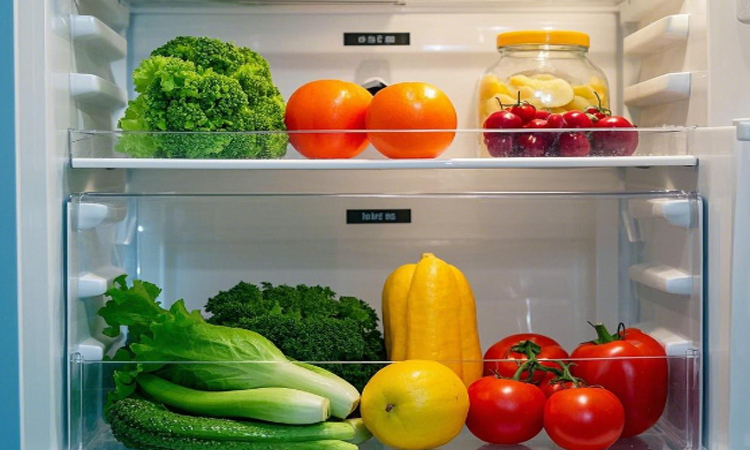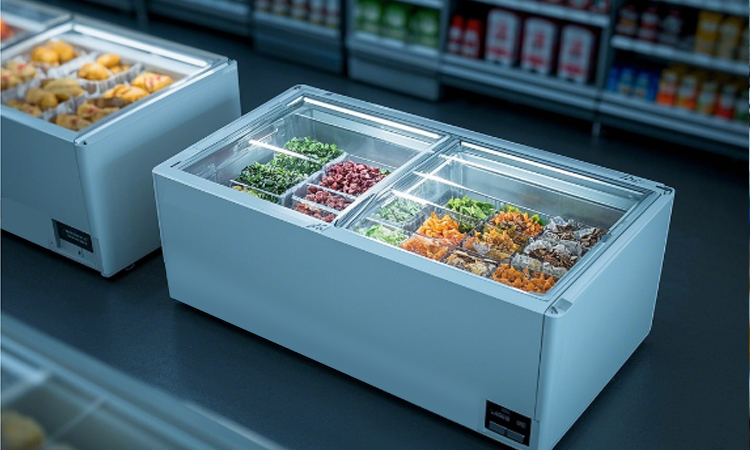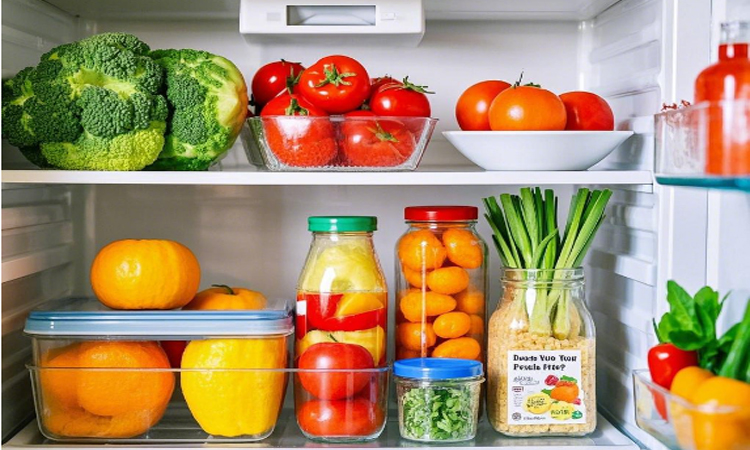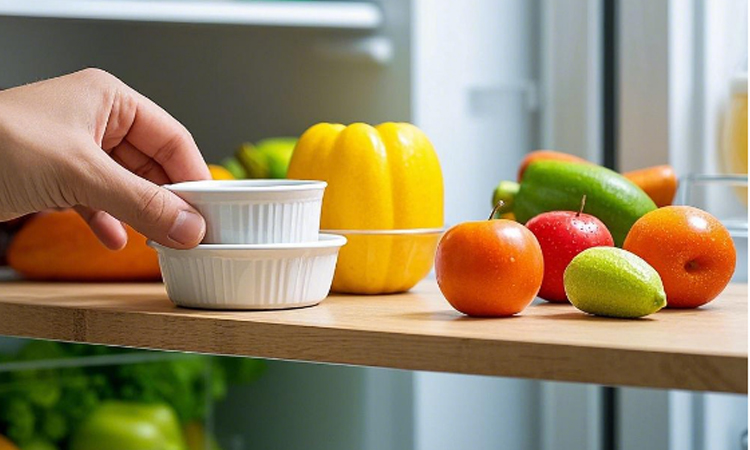
The industrial transformation of cold cabinet manufacturing—driven by technological innovation, policy support, and global market demands—has significantly reshaped the trade dynamics of this sector. While the transition has unlocked new opportunities, it has also exposed challenges, particularly in balancing efficiency, sustainability, and international competitiveness. This article explores the interplay between industrial transformation and cold cabinet exports, analyzing its progress, obstacles, and future outlook.
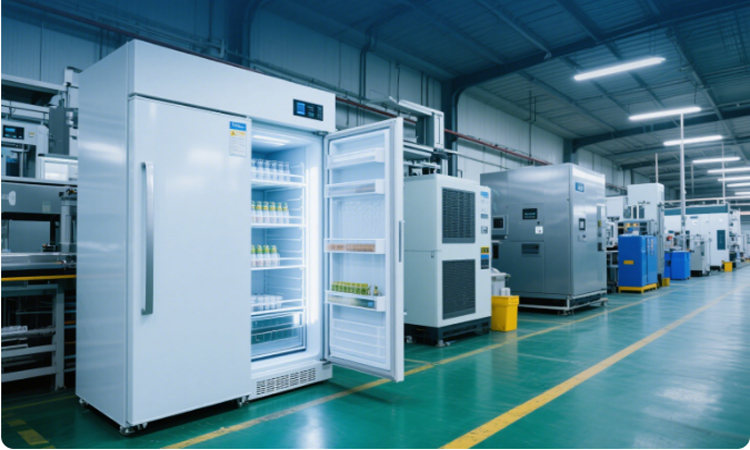
1. Technological Innovation: A Catalyst for Export Competitiveness
Industrial transformation in cold cabinet manufacturing is marked by advancements in energy efficiency, intelligentization,and eco-friendliness. For instance, Chinese manufacturers like Haier and Aucma have developed -36°C deep-freezing technology and air-cooled frost-free systems to enhance product performance . Aucma’s 2025 cold cabinet models feature flexible frequency conversion technology, reducing energy consumption by 20% and noise levels to 35 decibels, making them compliant with EU Energy efficiency standards . Such innovations not only meet international environmental regulations but also attract premium markets in Europe and North America.
However, technological upgrades require substantial R&D investments. Small and medium-sized enterprises (SMEs) often struggle to adopt cutting-edge technologies, lagging behind industry leaders. For example, while Haier and Aucma dominate global exports, many SMEs rely on low-cost labor and traditional manufacturing, limiting their ability to penetrate high-end markets .
2. Policy Support: Domestic and International Frameworks
Domestic Policies
China’s "14th Five-Year Plan for Cold Chain Logistics" prioritizes the development of smart, green, and standardized cold chain infrastructure, including cold cabinets . This policy encourages manufacturers to adopt energy-efficient technologies and expand overseas markets. For instance, the government’s subsidies for green manufacturing have enabled companies like Hisense to invest in -65°C ultra-low temperature cold cabinets, which are critical for medical and scientific exports .
International Trade Agreements
Regional trade agreements like the RCEP have lowered tariffs and streamlined customs procedures, boosting cold cabinet exports to Southeast Asia. For example, Zhejiang Xingxing Cold Chain saw its export tariffs to the Philippines drop from 5% to 0% under RCEP, saving approximately ¥3 million annually . Similarly, the EU’s F-gas Regulation (phasing out high-GWP refrigerants by 2030) has pushed manufacturers to adopt natural refrigerants like CO₂, creating opportunities for Chinese firms to export eco-friendly products .
3. Market Demands: Emerging Opportunities and Challenges
Developed Markets
In Europe and North America, consumers prioritize energy efficiency and sustainability. The EU’s revised 能效标签 scheme (A-G grades) requires cold cabinets to meet stricter standards, forcing manufacturers to upgrade technologies . For example, Aucma’s VIP vacuum insulation panels reduce energy consumption by 20% while increasing storage capacity, aligning with EU regulations .
Emerging Markets
Southeast Asia, the Middle East, and Africa are experiencing rapid growth in cold chain demand due to urbanization and rising food safety concerns. Chinese exporters like Huamei Cold Chain have expanded production lines and invested in smart logistics systems to capture these markets, achieving a tripling of export volumes in 2023 . However, price sensitivity in these regions pressures manufacturers to balance quality with cost, often requiring localized production (e.g., Haier’s factories in Vietnam) .
4. Challenges in Industrial Transformation
Technical Barriers
Stringent international standards, such as the U.S. Energy Policy and Conservation Act (EPCA), demand continuous innovation. For example, U.S. regulations on cold cabinet energy efficiency require manufacturers to invest in advanced compressors and insulation materials, raising production costs .
Supply Chain Complexity
Global supply chain disruptions (e.g., semiconductor shortages) and rising raw material prices (e.g., steel, aluminum) have strained manufacturers. Companies like Gree Electric have responded by diversifying suppliers and adopting digital supply chain management to reduce dependency on single sources .
Environmental Compliance
The EU’s F-gas Regulation and China’s dual carbon policy mandate the use of low-GWP refrigerants. While this drives innovation, it also increases R&D costs. For instance, transitioning from HFCs to HFOs or CO₂ requires retooling production lines, which SMEs often struggle to afford .
5. Future Outlook: Strategies for Sustainable Growth
Innovation-Driven Differentiation
Manufacturers must focus on customized solutions for niche markets. For example, Aucma’s -60°C cold cabinets cater to medical and pharmaceutical exports, while Haier’s smart IoT-connected cold cabinets target the retail sector .
Global Partnerships
Collaborations with international brands (e.g., Coca-Cola, Nestlé) and participation in trade fairs (e.g., Canton Fair) can enhance market visibility. Haier’s partnership with U.S. retailers like Walmart has helped its cold cabinets gain traction in North America .
Policy Adaptation
Leveraging trade agreements (e.g., RCEP) and subsidies for green manufacturing can offset compliance costs. Companies like Xingxing Cold Chain have successfully utilized RCEP tariff reductions to expand in Southeast Asia .
Conclusion
Industrial transformation has significantly boosted the export competitiveness of cold cabinets, driven by technological innovation and policy support. However, challenges like technical barriers, supply chain complexities, and environmental regulations persist. To ensure smooth transformation, manufacturers must prioritize R&D, adopt sustainable practices, and strategically engage with global markets. With proactive adaptation, the cold cabinet industry can navigate these challenges and solidify its position in the global trade landscape.


